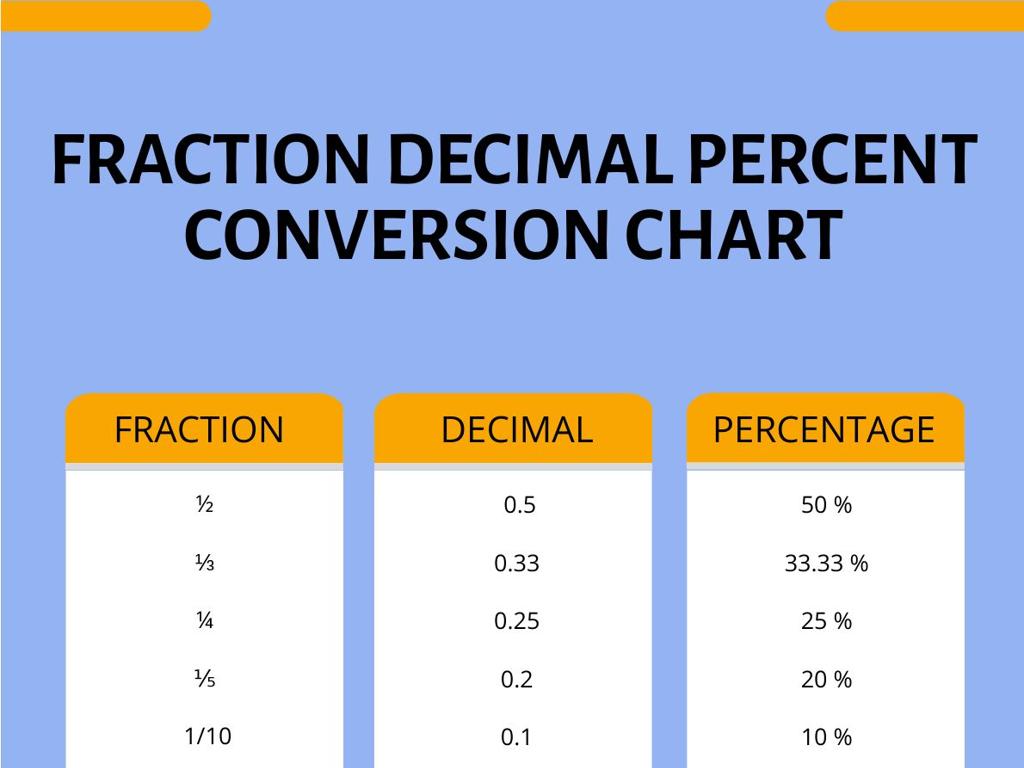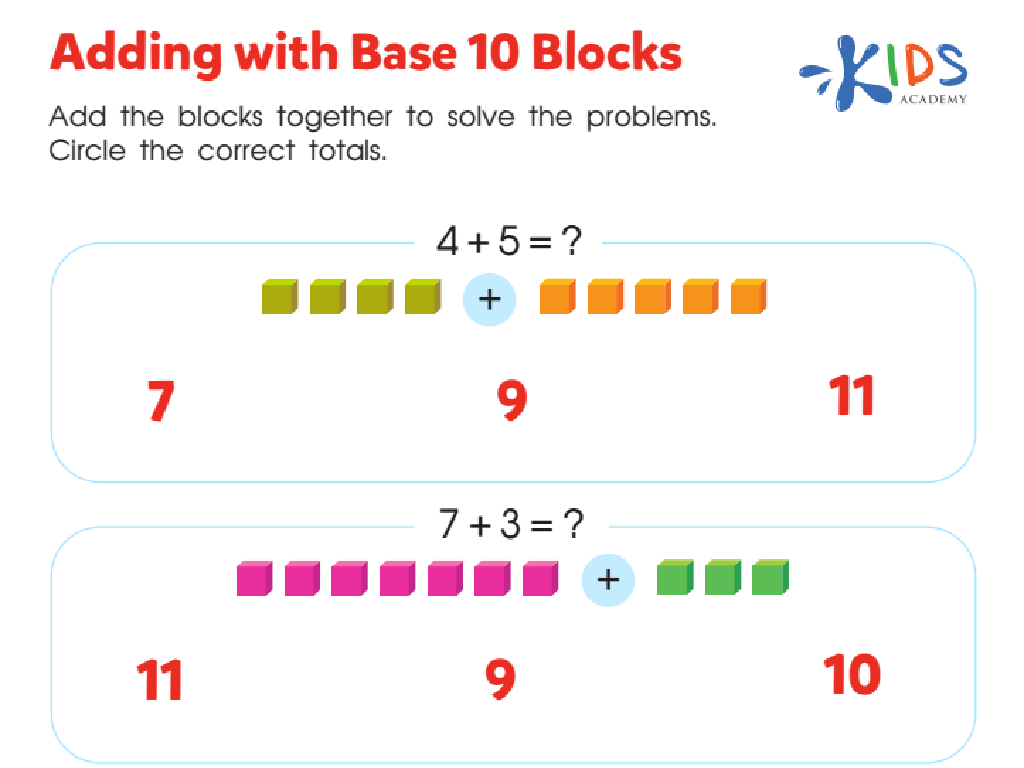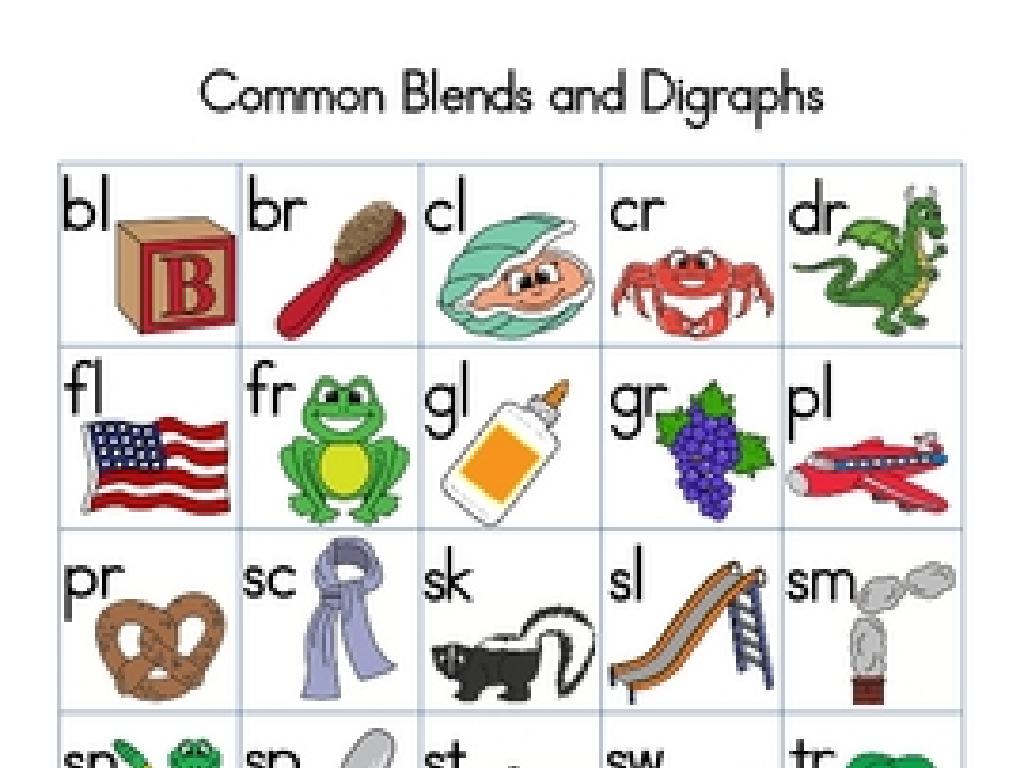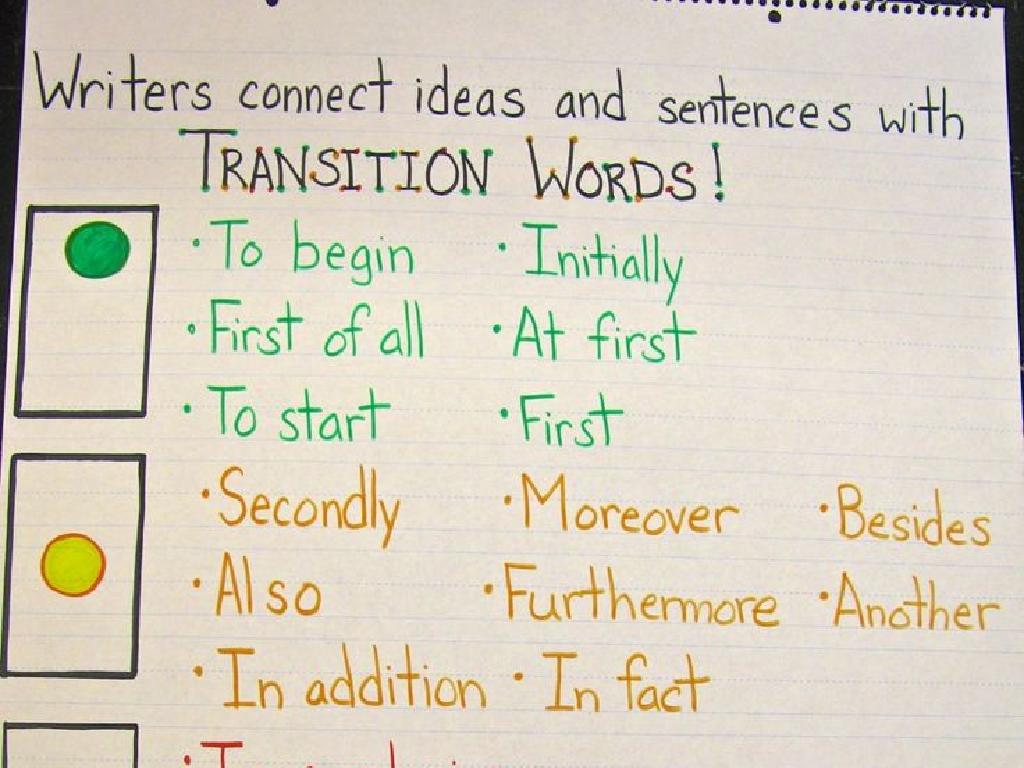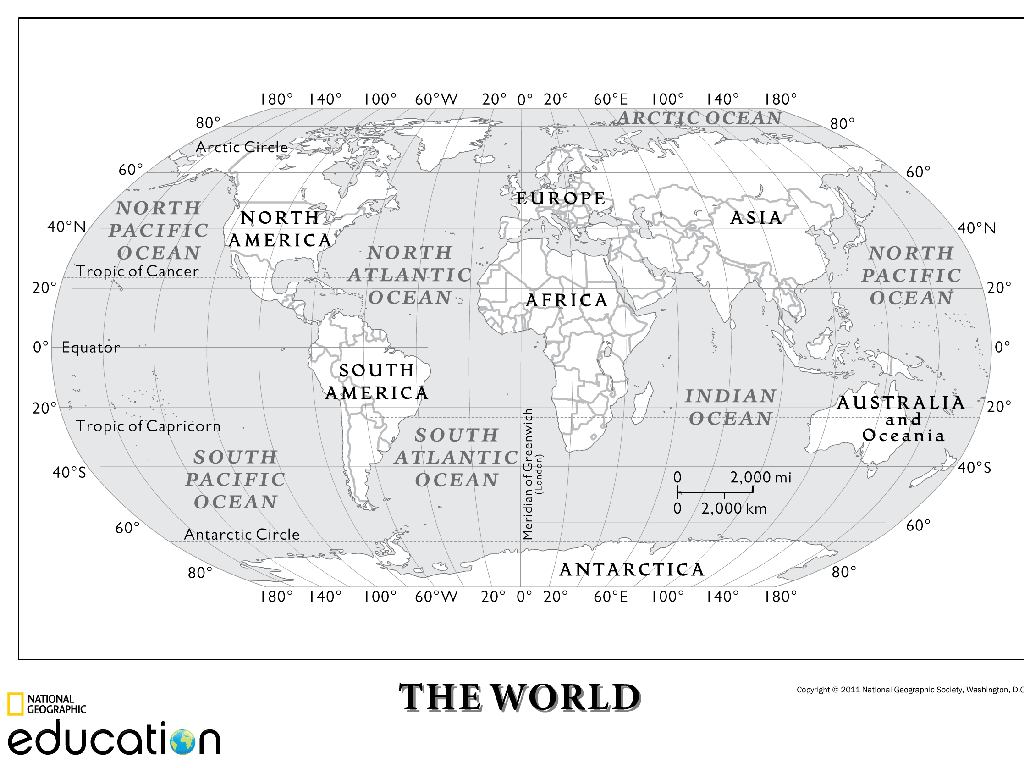Compare Customary Units By Multiplying
Subject: Math
Grade: Fourth grade
Topic: Customary Units Of Measurement
Please LOG IN to download the presentation. Access is available to registered users only.
View More Content
Today’s Adventure: Comparing Customary Units!
– Explore measurement in our world
– Learn to compare different units
– How many inches are in a foot or a yard?
– Discover why comparison is key
– Comparing helps us understand quantities better
– Engage with real-world examples
– Use items like a pencil (inches) and a door (feet)
|
This slide introduces students to the concept of measurement using customary units, which are commonly used in the United States. The goal is to help students understand that different objects can be measured using different units, such as inches, feet, and yards, and that these units can be compared by multiplying. Emphasize the importance of being able to compare units to understand and describe the world around them accurately. Use relatable examples, such as measuring the length of a pencil in inches and the height of a door in feet, to illustrate the concept. Encourage students to think of other examples and to practice multiplying to convert between units.
Understanding Customary Units
– What are customary units?
– The system of measurement used in the U.S.
– Examples: inches, feet, pounds, gallons
– Inches and feet for length; pounds for weight; gallons for volume
– Measuring length with customary units
– Use rulers and tape measures for inches and feet
– Measuring weight and volume
– Scales for pounds; measuring cups and jugs for gallons
|
This slide introduces students to the concept of customary units, which are the main system of measurement used in the United States. Provide examples of customary units such as inches, feet, pounds, and gallons, and explain what they measure: length, weight, and volume. Use visual aids like a ruler, a scale, and measuring cups to demonstrate how these units are used in everyday life. Encourage students to think of and share examples of when they have used these units, such as measuring their height or weighing ingredients for a recipe. This will help them understand the practical applications of customary units and prepare them for learning how to compare these units by multiplying.
Comparing Length Units: Inches, Feet, Yards
– Understand inches, feet, yards
– Learn conversion: 12 inches = 1 foot
– For example, 24 inches is the same as 2 feet
– Learn conversion: 3 feet = 1 yard
– For example, 9 feet equals 3 yards
– Practice with a ruler
– Use a ruler to measure objects in inches and convert
|
This slide is aimed at helping fourth-grade students understand and compare different customary units of length. Start by explaining what inches, feet, and yards are, and how they are commonly used to measure length. Then, introduce the conversion factors: 12 inches make up 1 foot, and 3 feet make up 1 yard. Use visual aids like a ruler to demonstrate these conversions in a tangible way. Encourage students to practice measuring various objects with a ruler in inches and then converting those measurements to feet and yards. This hands-on activity will help solidify their understanding of the relationship between these units.
Comparing Weight in Ounces and Pounds
– Understanding ounces and pounds
– Ounces (oz) and pounds (lb) measure weight.
– 16 ounces equals 1 pound
– Remember, 16 oz make up 1 lb.
– Calculating ounces in multiple pounds
– Multiply pounds by 16 to find ounces.
– Practice: Ounces in 3 pounds?
– If 1 lb is 16 oz, how much is 3 lbs?
|
This slide introduces students to the customary units of weight, specifically ounces and pounds. It’s crucial to emphasize the relationship between these two units, with 16 ounces making up 1 pound. Use visual aids or physical objects to help students grasp the concept of weight and conversion. For the practice problem, guide students through the multiplication process to calculate the total number of ounces in 3 pounds. Encourage them to use multiplication skills they’ve learned to solve the problem and verify their answers with peers or through class discussion.
Comparing Volume in Customary Units
– Understanding volume units
– Volume is measured in cups, pints, quarts, and gallons.
– Relationship between units
– 2 cups in a pint, 2 pints in a quart, 4 quarts in a gallon.
– Conversion challenge
– How many cups are in a gallon? Use what you know to find out.
– Multiplying to convert
|
This slide introduces students to the customary units of volume commonly used in the United States. Start by explaining each unit of volume: cups, pints, quarts, and gallons. Then, discuss the relationship between these units, showing how they can be converted into each other by multiplying. For example, since there are 2 cups in a pint, to find out how many cups are in 2 pints, we multiply 2 cups by 2. The conversion challenge encourages students to apply this knowledge to determine how many cups are in a gallon. This exercise helps solidify their understanding of the relationship between the units and how to use multiplication to convert from one to another. The answer to the challenge is 16 cups in a gallon (2 cups x 2 pints x 4 quarts).
Multiplying to Compare Customary Units
– Multiplication for unit conversion
– 1 foot equals 12 inches
– Remember, 1 foot is the same as 12 inches
– Convert 3 feet to inches
– To find inches in 3 feet, we do 3 x 12
– Practice with different units
– Try converting yards to feet, or ounces to pounds
|
This slide introduces the concept of using multiplication to compare and convert between different customary units of measurement. Start by explaining that multiplication is a quick way to convert units, using the example of feet to inches. Show that if 1 foot is 12 inches, then 3 feet would be 3 times as many inches, which is 3 x 12. Work through this example with the class, then encourage them to practice with different units, such as converting yards to feet or ounces to pounds. Provide additional examples and ensure they understand that this method can be applied to any customary unit conversion.
Real-Life Comparisons with Customary Units
– Understanding unit comparison
– Comparing door height to car length
– How tall is a door? How long is a car? Let’s use feet and inches!
– Measure and compare classroom items
– Use rulers, scales, and measuring cups for different items.
– Group activity: Unit conversion
– Work together to convert and compare units like inches to feet.
|
This slide introduces students to the practical application of comparing customary units in real life. Start by discussing why it’s important to compare different units, using tangible examples such as the height of a door and the length of a car. For the group activity, provide various classroom items for students to measure. They should use rulers for length, scales for weight, and measuring cups for volume. Encourage them to record their findings and convert between units, such as inches to feet or ounces to pounds. This hands-on experience will help solidify their understanding of measurement and conversion. Prepare a list of items for measurement and ensure there are enough tools for all groups. Consider pairing students to foster collaboration.
Class Activity: Unit Relay!
– Engage in a measurement relay game
– Work in teams to measure various items
– Convert measurements between units
– Use multiplication to change inches to feet, ounces to pounds, etc.
– Compete to be the fastest converters
|
This activity is designed to reinforce the concept of converting customary units through multiplication in a fun and interactive way. Divide the class into small teams and provide a list of items to measure. Each team will measure the length, volume, or weight of the items using a specific unit (e.g., inches, ounces) and then convert those measurements into another unit (e.g., feet, pounds). The goal is to correctly convert as many units as possible within a set time limit. Possible activities include measuring classroom objects, weighing backpacks, or estimating and converting the volume of a water bottle. This will help students practice their multiplication skills and understand the relationship between different customary units. Encourage teamwork and celebrate each team’s effort.
Conclusion & Review: Mastering Customary Units
– Celebrate learning unit comparison
– Emphasize the value of practice
Keep practicing multiplication with different units.
– Open floor for questions
Clarify any doubts or confusion now.
– Encourage continued learning
|
As we conclude today’s lesson on comparing customary units by multiplying, take a moment to praise the students for their hard work. Remind them that mastering these concepts takes practice, and they should continue to work on problems at home. Open the floor for any questions, ensuring that all students feel comfortable with the material before moving on. Encourage them to keep learning and exploring more about customary units outside of the classroom. Provide additional resources or suggest activities that they can do with their families to reinforce today’s lesson.

